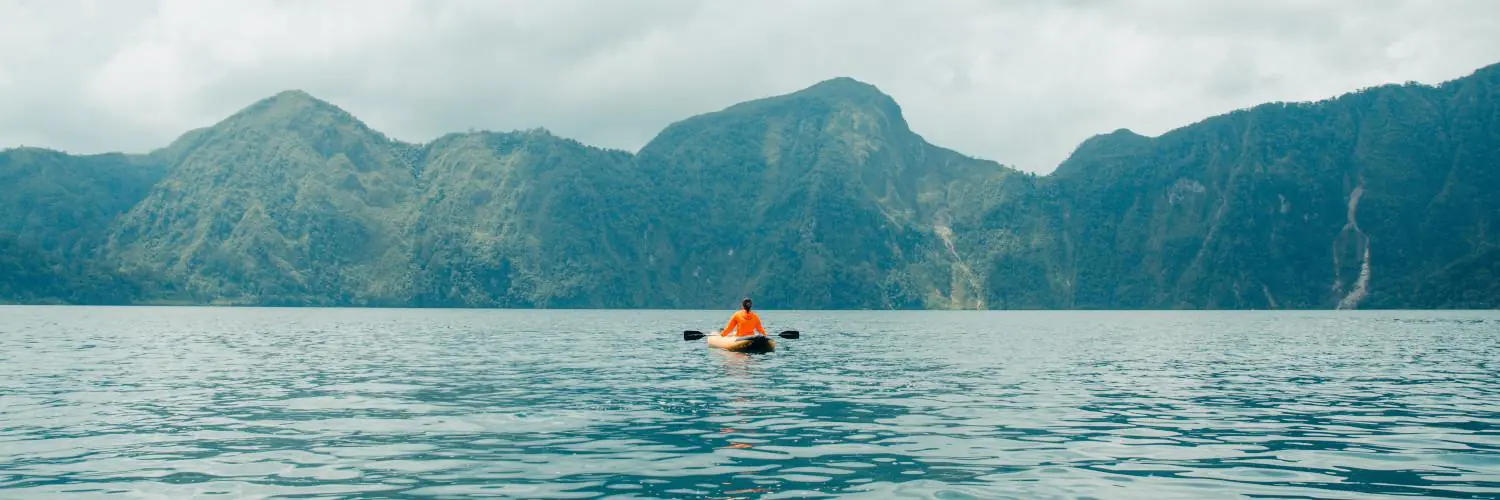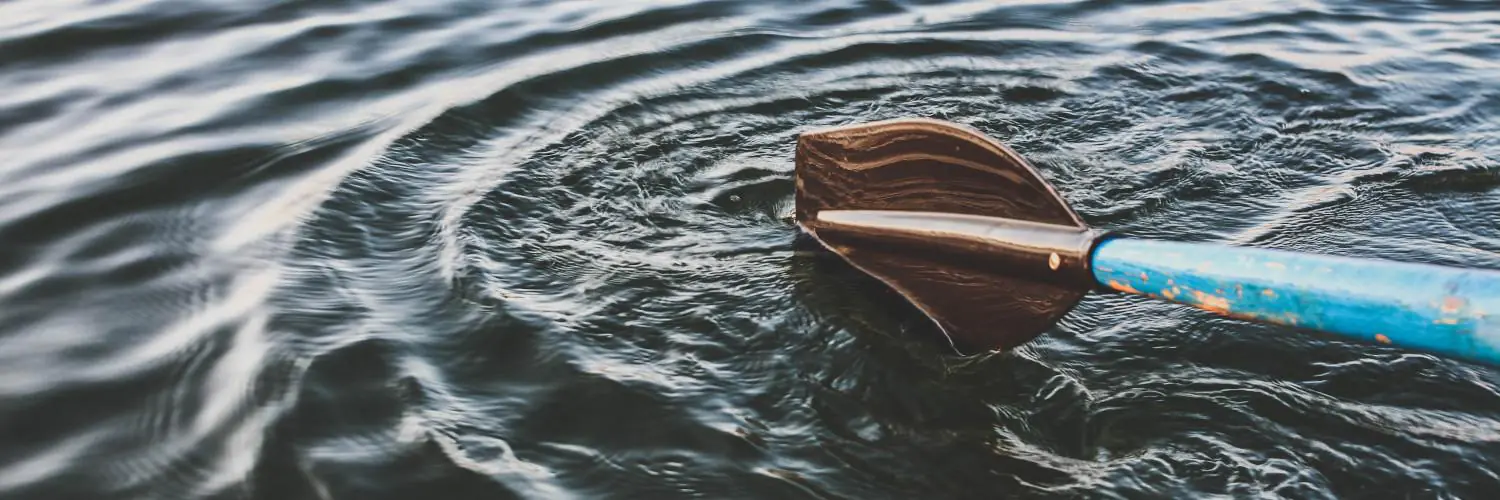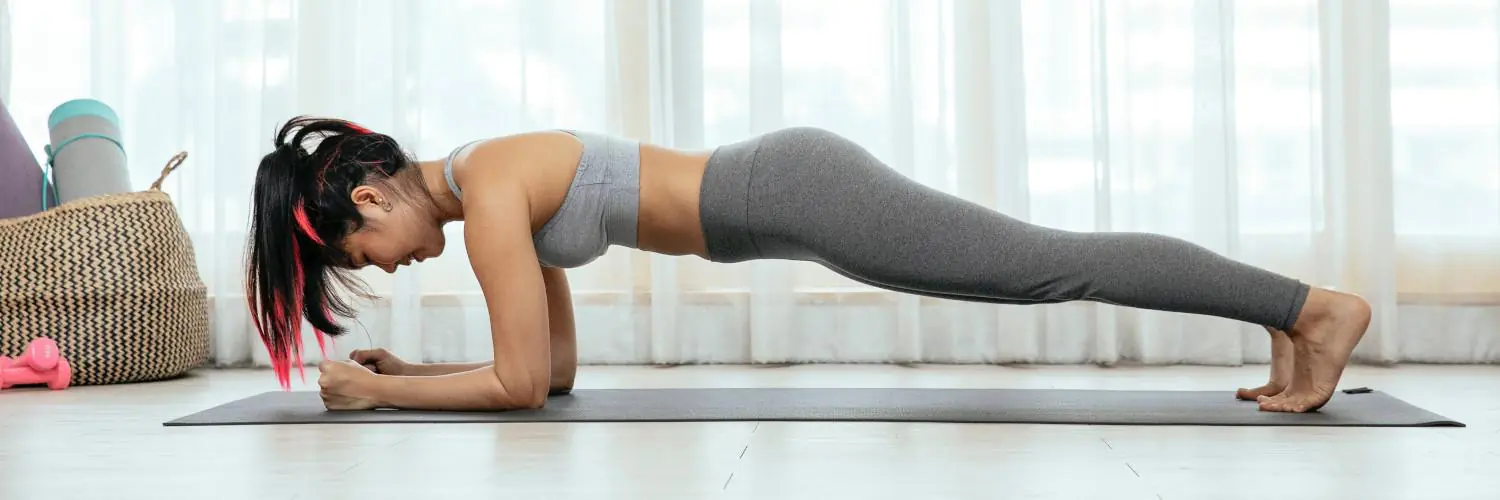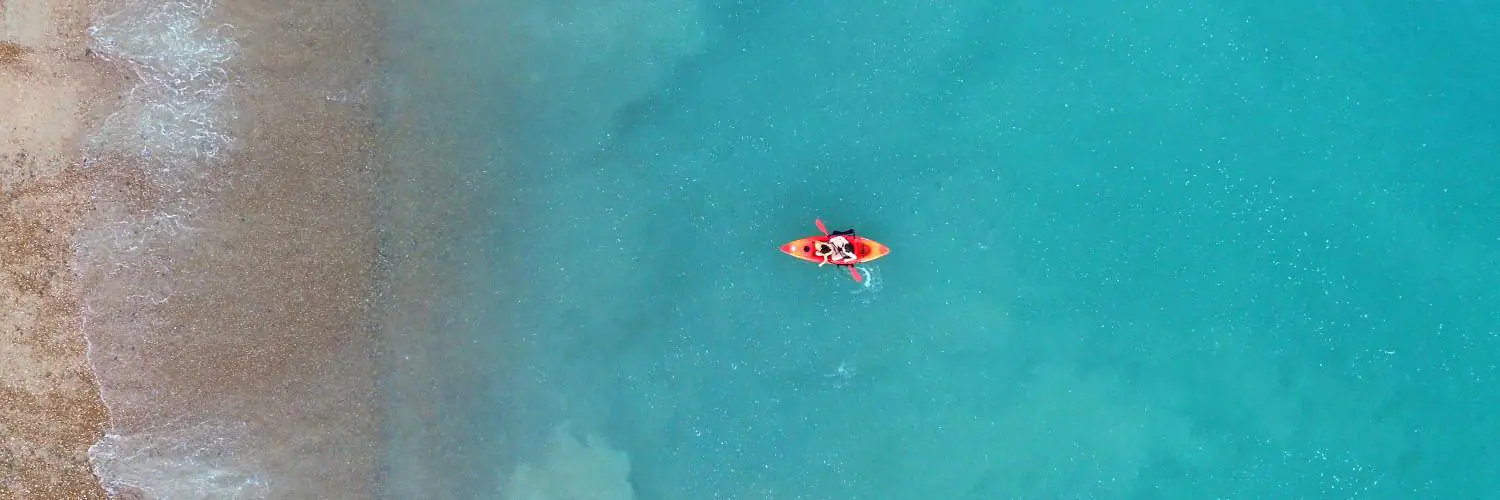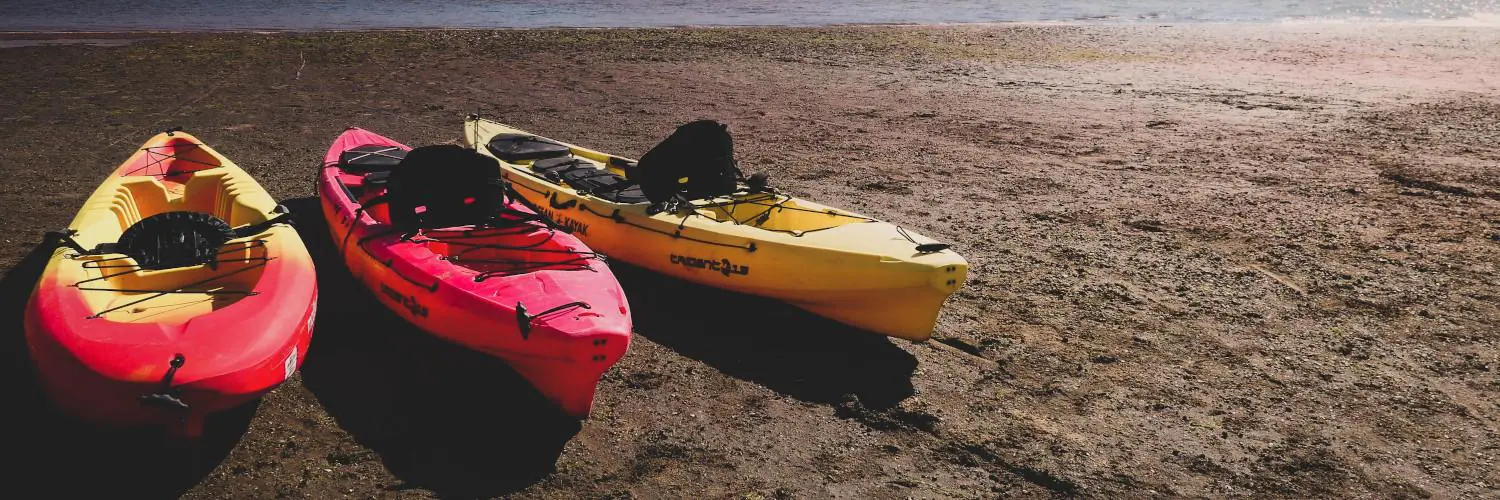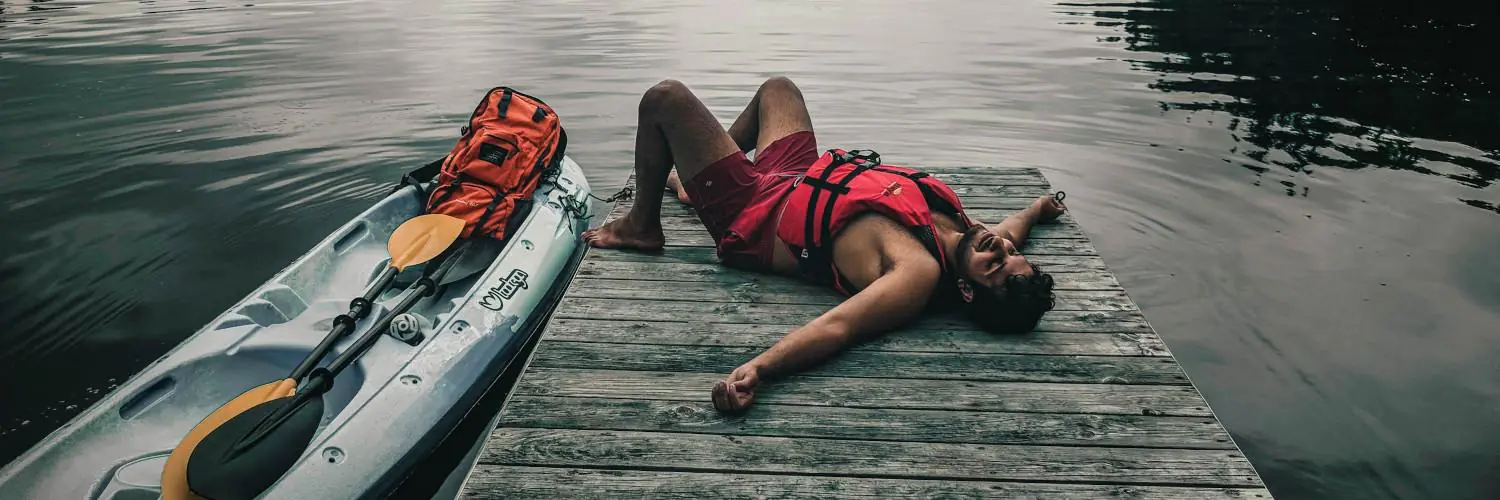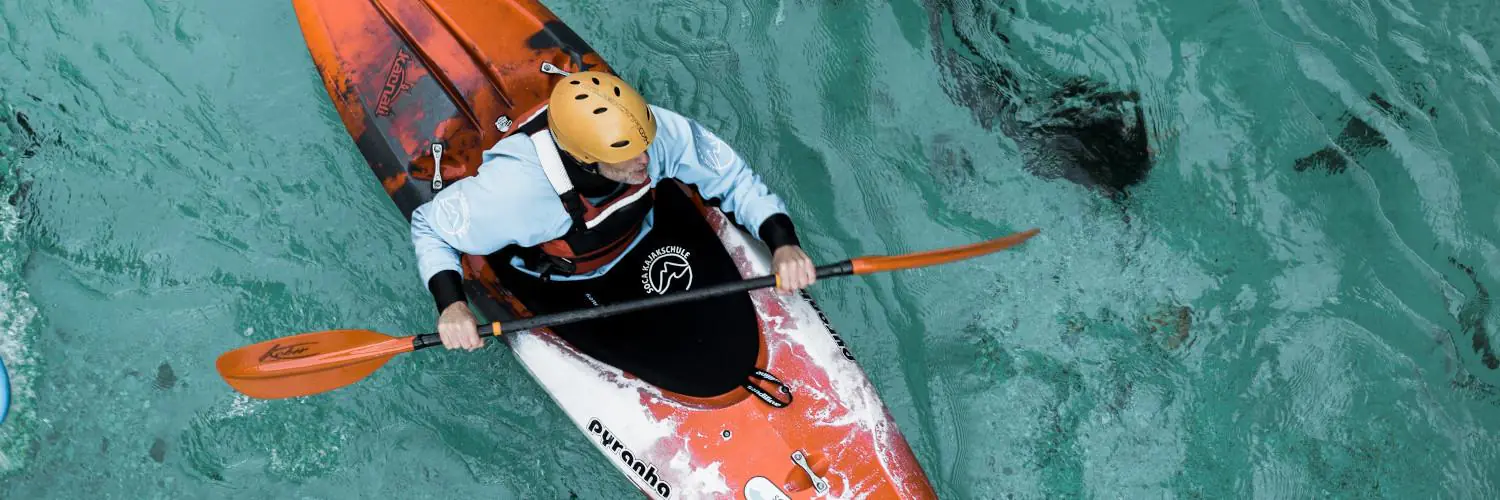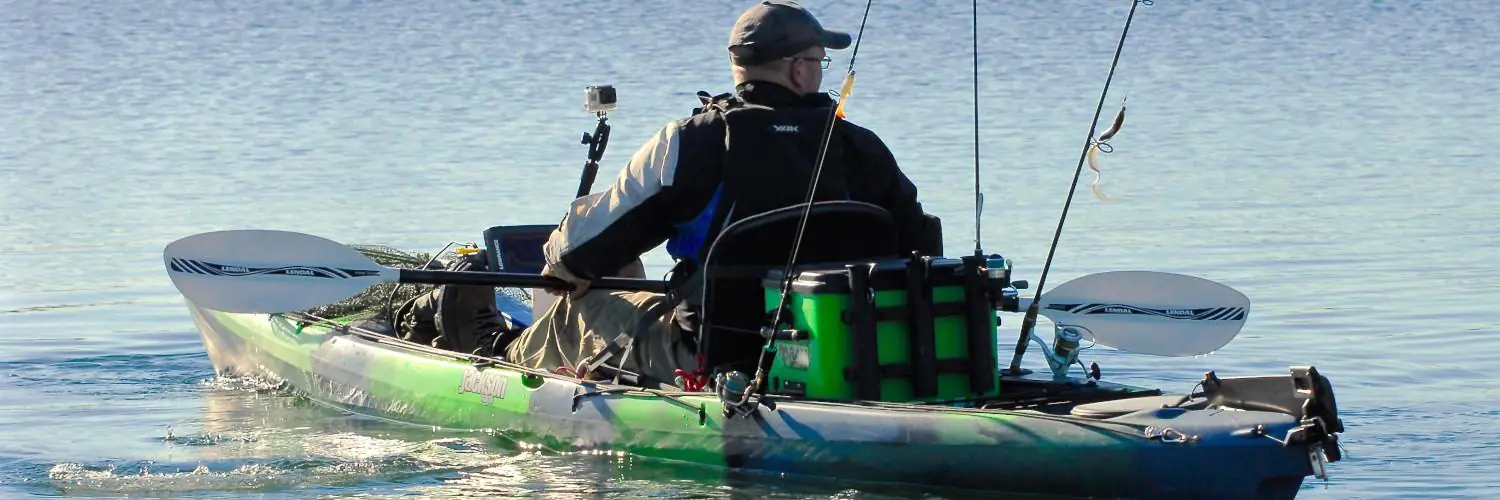Kayaking is a fun and exciting water sport that allows you to explore rivers, lakes, and even oceans. But before you hit the water, it’s important to have the right gear.
The basic equipment needed for kayaking includes a kayak, paddle, and personal flotation device (PFD). These three items are essential for any kayaking trip, whether you’re a beginner or an expert. The kayak is your vessel, the paddle propels you through the water, and the PFD keeps you safe in case you fall in.
Depending on where and when you plan to kayak, you may need extra gear. For cold water or weather, a wetsuit or drysuit can keep you warm. A helmet is a must for whitewater kayaking. Other useful items include a bilge pump to remove water from your kayak, a spray skirt to keep water out, and a whistle for emergencies. With the right equipment, you’ll be ready to enjoy your kayaking adventure safely and comfortably.
Table of Contents
Essential Kayaking Equipment
Proper gear is key for safe and fun kayaking. The right equipment helps you stay comfortable and prepared on the water.
Kayak Selection
Choosing the right kayak is crucial. Sit-on-top kayaks work well for beginners and warm weather. They’re stable and easy to get in and out of. Sit-inside kayaks offer more protection from water and wind. They’re good for cooler conditions.
Recreational kayaks are great for calm lakes and slow-moving rivers. Touring kayaks are longer and faster, made for longer trips. Whitewater kayaks are short and agile for rapids.
Consider kayak length, width, and weight capacity when picking one. Longer kayaks track better and go faster. Wider kayaks are more stable.
Paddles and Accessories
A good paddle is just as important as the kayak itself. Paddle length depends on your height and the kayak’s width. Lighter paddles reduce fatigue on long trips.
Paddle materials include:
- Aluminum: Cheap but heavy
- Fiberglass: Mid-range price, light and strong
- Carbon fiber: Expensive but very light
Key accessories:
- Spray skirt (for sit-inside kayaks)
- Bilge pump
- Paddle float
- Dry bags for gear
Personal Flotation Devices
A personal flotation device (PFD) or life jacket is essential for safety. It must fit well and be comfortable enough to wear at all times.
Types of PFDs:
- Type III: Most common for kayaking
- Type V: Inflatable PFDs, compact but need regular care
Look for PFDs with:
- Bright colors for visibility
- Pockets for small items
- Adjustable straps for a snug fit
Make sure to test your PFD in shallow water before heading out. It should keep your chin above water when you float on your back.
Safety and Navigation Gear
Kayaking requires essential safety and navigation equipment to ensure a secure and enjoyable experience on the water. The right gear helps paddlers stay safe and find their way.
Communication and Signaling Devices
A whistle is a must-have for every kayaker. It’s small, lightweight, and can be heard from far away in emergencies. Attach it to your life jacket for easy access.
Flares are important for offshore kayaking. They come in handy if you need to signal for help, especially in low-light conditions. Pack both hand-held and aerial flares in a waterproof container.
For night paddling, kayakers should use lights. A white light visible from 360 degrees is required by law in many places. Headlamps are useful for hands-free illumination.
A waterproof VHF radio is valuable for longer trips or coastal kayaking. It allows communication with other boats and rescue services if needed.
Navigation Tools
A compass is a basic but crucial navigation tool. Learn how to use it before your trip. Choose a waterproof model that can be attached to your kayak or life jacket.
GPS devices designed for marine use offer precise location information. They’re especially helpful in unfamiliar waters or when visibility is poor. Make sure to bring spare batteries.
Waterproof maps of the area you’ll be paddling are important backups to electronic devices. Keep them in a clear, waterproof case for easy reading on the water.
A depth finder can be useful in unknown waters. It helps avoid shallow areas that could damage your kayak or pose safety risks.
Tide charts are essential for sea kayaking. They help plan trips around water levels and currents. Check them before and during your paddle for safety.
Personal Gear for Comfort and Protection
Bringing the right personal gear helps kayakers stay comfortable and safe on the water. The right clothing, sun protection, and supplies can make a big difference in your kayaking experience.
Clothing for Various Conditions
Pack clothes that match the weather and water temperature. For cold conditions, wear a wetsuit or dry suit. These keep you warm if you fall in. In warmer weather, quick-dry shorts and shirts work well.
Water shoes protect your feet from rocks and sharp objects. They also give good grip on slippery surfaces.
Bring extra layers like a rain jacket or fleece. Weather can change fast on the water.
For your hands, paddling gloves prevent blisters and keep you warm. Neoprene gloves are good for cold water.
Sun Protection
The sun is stronger on the water due to glare. Wear a wide-brimmed hat to shade your face and neck.
Use waterproof sunscreen with a high SPF. Put it on all exposed skin, including your face, neck, and hands. Reapply often.
Sunglasses with polarized lenses cut glare and protect your eyes. Use a strap to keep them secure.
Hydration and Nutrition
Bring plenty of water. The sun and paddling can make you thirsty fast. A hydration pack or water bottle works well.
Pack snacks like energy bars, fruit, or trail mix. These give you fuel for paddling.
A quick-dry towel is handy for drying off or wiping sweat.
Keep food and water in a dry bag to keep them safe and dry.
Additional Accessories for Convenience
Kayakers can enhance their experience with extra gear that makes trips easier and more enjoyable. These items boost comfort and readiness on the water.
Storage Solutions
Dry bags are must-haves for keeping gear safe from water. They come in different sizes for various needs. Small dry bags protect phones and wallets. Larger ones hold extra clothes or camping gear. Bungee cords help secure items to the kayak. Many kayaks have built-in bungee systems, but extra cords are handy.
A spray skirt keeps water out of the kayak in rough conditions. It fits around the cockpit and the paddler’s waist. For snacks and drinks, a water bottle with a secure lid is key. Pack energy bars or trail mix in waterproof containers for quick energy boosts.
Maintenance and Repair
A basic repair kit is vital for any kayak trip. It should include duct tape, sealant, and patches for small holes. Spare parts like nuts and bolts are good to have too. A multi-tool can help with quick fixes on the go.
A paddle leash keeps the paddle from floating away if dropped. It attaches to both the paddle and the kayak. For moving kayaks on land, a kayak cart makes transport easier. It fits under the kayak and has wheels for rolling.
A towline is useful for helping tired paddlers or towing a damaged kayak. Rope has many uses, from setting up camp to emergency repairs. Packing a first aid kit is smart for treating minor injuries on the water.
Understanding Kayak Types for Different Activities
Kayaks come in various designs to suit different activities on the water. The right kayak depends on where you plan to paddle and what you want to do.
Kayaks for Tours and Expeditions
Touring kayaks are made for long trips on open water. They are long and narrow to move fast and track straight. These kayaks have closed decks and storage compartments for gear. Sea kayaks are a type of touring kayak built to handle waves and wind.
Sit-inside touring kayaks keep paddlers dry in rough conditions. Many have rudders or skegs to help with steering. Tandem touring kayaks let two people paddle together on long journeys.
For multi-day trips, kayak camping requires boats with enough space to carry tents, food, and other supplies. Some touring kayaks are designed specifically for camping adventures.
Kayaks for Leisure and Recreation
Recreational kayaks are wider and more stable than touring models. They work well for calm lakes and slow rivers. These kayaks are easy to get in and out of, making them good for beginners.
Sit-on-top kayaks have an open deck. Paddlers sit on top rather than inside the hull. This design is popular for fishing and warm-weather use. Water drains easily from the deck.
Inflatable kayaks pack down small for easy transport and storage. They’re a good choice for casual paddling. Some inflatables are sturdy enough for light touring.
Tandem recreational kayaks allow two people to paddle together. They’re fun for families and couples who want to share the experience.

